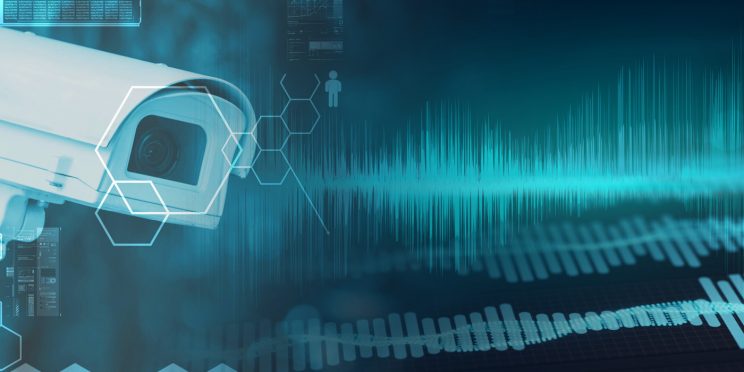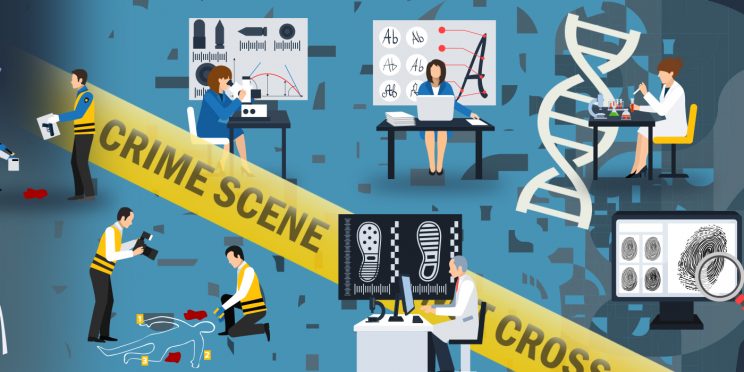← Back to Just Science Podcast
Original Release Date: September 11, 2017
In the second episode of our Case Studies season, Just Science spoke with Andrew Greenfield, Deputy Director of the Centre of Forensic Sciences, about a case from Canada he worked on when he was a young scientist. The gruesome murder of a child in 1999 in Toronto was unheard of and it dominated the air waves, and because of inaccurate witness statements describing the suspects, it was near impossible to generate leads for this case. Greenfield spoke up to one of his superiors about using a new DNA technology to help find a lead. We will be discussing with him outside the box thinking and DNA match probability, and what it means for justice.
This episode of Just Science is funded by the National Institute of Justice’s Forensic Technology Center of Excellence [Award 2016-MU-BX-K110].
Some content in this podcast may be considered sensitive and may evoke emotional responses, or may not be appropriate for younger audiences.
Guest Biography
Andrew Greenfield is the Deputy Director of the Center of Forensic Sciences.
The opinions, findings, and conclusions or recommendations expressed in this podcast episode are those of the presenter(s) and do not necessarily reflect those of the U.S. Department of Justice.
Contact us at ForensicCOE@rti.org with any questions and subscribe to our newsletter for notifications.




